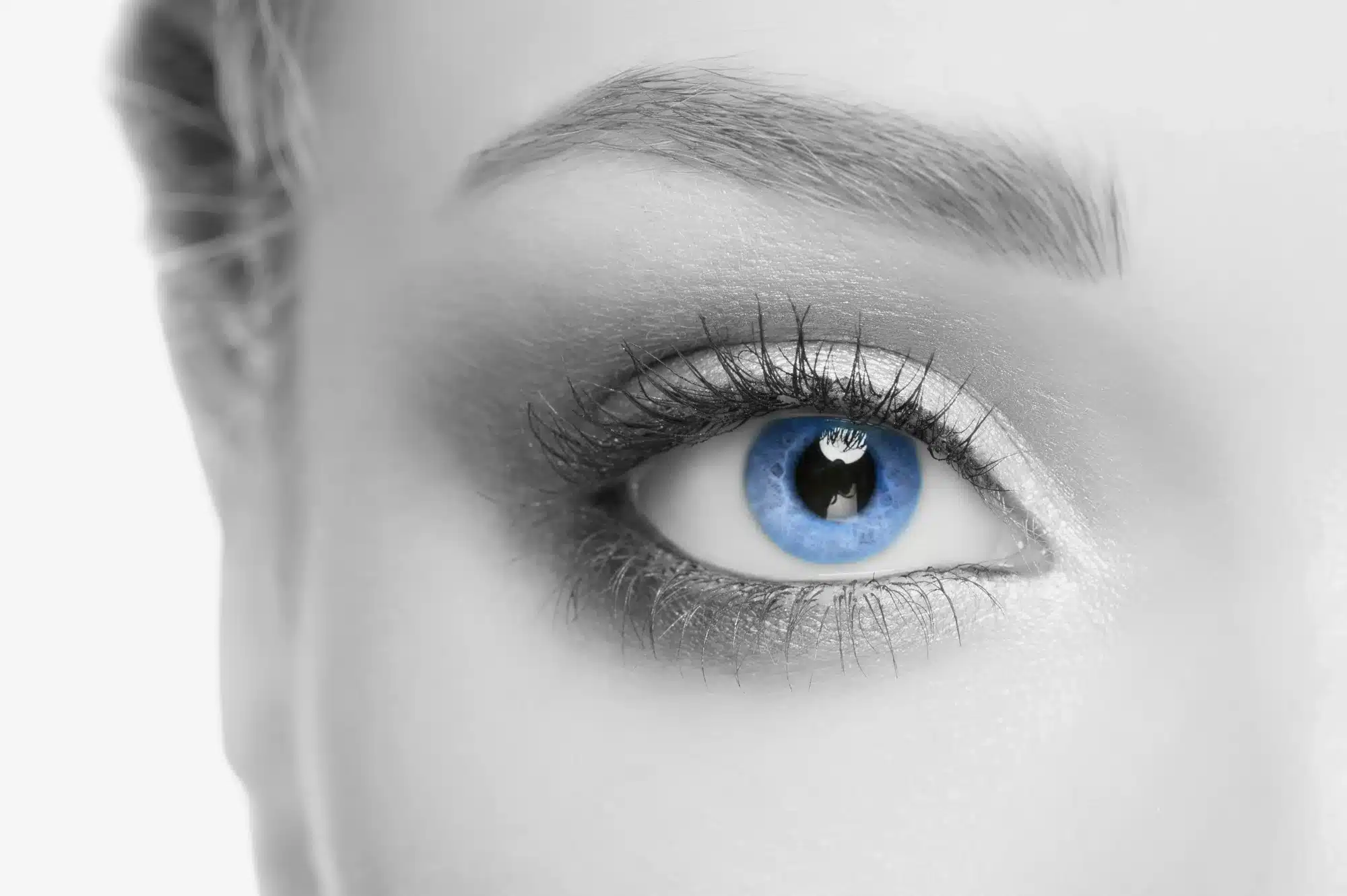
The aging eyes are a common concern for many people. Patients seek ways to reduce dark circles, fine lines, and wrinkles. The thin skin around the eyes is delicate and susceptible to structural changes, which means signs of aging can be much more apparent. Many techniques and treatment approaches can be used to improve this aspect of skin aging, including fillers, topical treatments, monopolar radiofrequency to tighten loose skin, and treatment from a 1550nm wavelength fractional laser for improving lines and wrinkles.
Many patients want to see subtle improvements and age gracefully, but convenience is also a large factor when considering treatment options. No one wants to be inconvenienced with lengthy downtimes. However, sometimes a patient’s skin is not ready for treatment with a pulse-triggered laser. Dry skin, skin with a compromised moisture barrier, or inflamed skin all make laser treatment difficult. In this case, patients can be prescribed a skin-care regimen to follow to improve skin quality, which can help improve the results of treatment and reduce potential side effects and downtime.
Case Study
Jane Lewis, a nurse and clinic owner, discussed a case study of a patient who was treated with a pulse-triggered laser called the Byonik, which combines two wavelengths of 658 and 806nm. The patient was a 69-year-old female with concerns about wrinkles and the laxity of the skin around her eyes. Additionally, she wanted to see results within four weeks. In otherwise good health, she had flattened cheeks and eyes that were often puffy or red. There were some fine lines and wrinkles around the eyes, cheeks, and the lower face. In addition, she was hoping to reduce the loose skin on her upper nose bridge.
A six-month plan was devised for her on the basis of her requirement of a quick course of action. The treatment modalities included in this plan were the Fraxel Dual Laser and the Thermage monopolar radiofrequency system for skin tightening and a dermal filler for cheek augmentation. Treatment began with a course of four rounds of treatment with the Byonik device. Facial treatment took 50 minutes and included two cleanses and a light enzyme exfoliation before the laser was used. The laser was used in the eye area during each round. After the first round of treatment, Byonik HA-Gel Plus, which has a 29% concentration of hyaluronic acid (HA), was applied to the skin. This was followed by five more minutes of laser treatment and the subsequent application of the HA-Gel Max (39% HA) cream. Finally, five more minutes of laser application concluded the first round of treatment.
The patient’s second treatment was completed four days later following the same methods, albeit with a greater focus on the glabella. A third treatment occurred five days later, but the HA-Gel Superior was used due to its antioxidant content and 51% concentration of HA. The fourth treatment was identical to the third. After each treatment session, the patient was advised to drink plenty of water throughout the day for hydration and to use a moisturizing cream to prevent water loss from the skin.
Results
The patient’s skin tone became more uniform, and there was improvement in the severity of the wrinkles of the eye area. The patient’s skin on the upper lids tightened as well, and the loose skin around the nose became less evident.
Considerations
Lewis believes that many people can benefit from treatment with a pulse-triggered laser but that it is important to manage patient expectations. During consultation, patients should be matched to a recommended number of treatments for their desired outcome.
According to Lewis, the first two treatments typically bring about improvement in fine lines and soften and hydrate the skin. After three to five treatments, improvement in moderate wrinkles tend to become evident, while the skin is further hydrated. Finally, further improvements in terms of the appearance of moderate wrinkles and the volume of skin is attained after six to eight treatments.
Practitioners should emphasize the importance of committing to the treatments to see results instead if expecting drastic changes from a single treatment. Specific populations—including pregnant women, individuals with epilepsy and photodermatitis, patients with cancer or tumours, those with a pacemaker, and patients that have used drugs that may lead to light sensitivity or hyperthyroidism —should avoid treatment with a laser.
Conclusion
Eye rejuvenation is a commonly requested procedure from patients concerned about the aging process. Fortunately, many modalities are available to improve the appearance of the eye area and achieve desired results with minimal downtime. The case described in the article shows that a pulse-triggered laser is particularly effective in bringing about natural-looking rejuvenation of the eye area. It may be used with other treatments to improve the health and look of the skin, leaving patients with a refreshed appearance.
Related Articles
Joanna Carr
Radiant Transformations: Dermalax Filler Before and After
Discover stunning Dermalax filler before and after results at Doctor Medica. Click here!
Joanna Carr
Restylane Filler Side Effects: Recognizing and Managing Adverse Reactions
Proper njection techniques and post-treatment care are essential for minimizing risks associated with Restylane filler injections.
Joanna Carr
Juvederm Volbella vs Juvederm: Target Areas Comparison & More
Interested to learn more about Juvederm Volbella Compared To Other Juvederm Products, Their Target Areas Comparison & More? Browse Doctor Medica's com...


